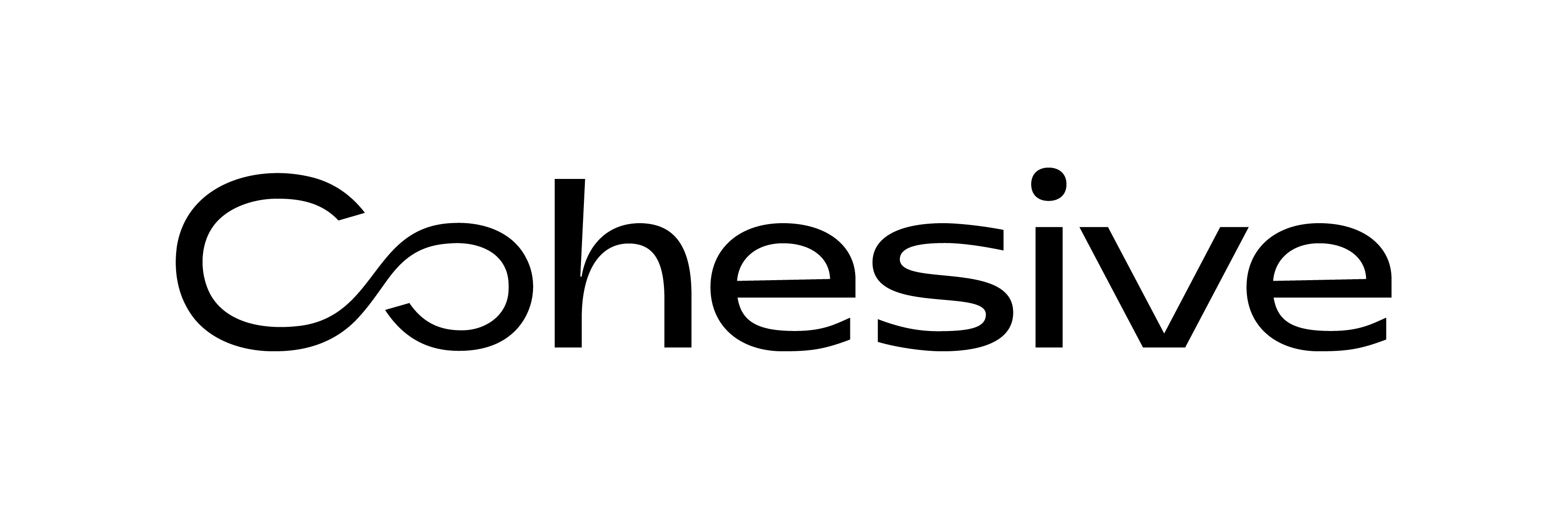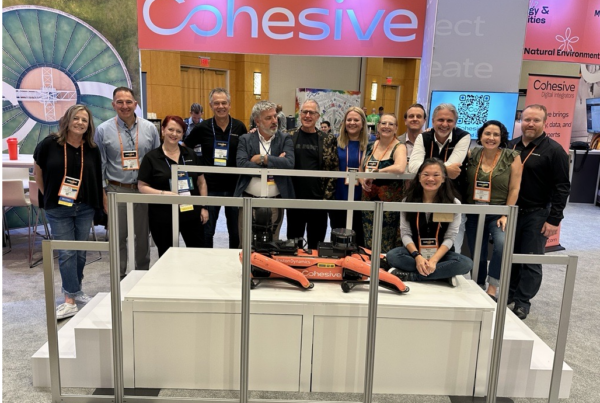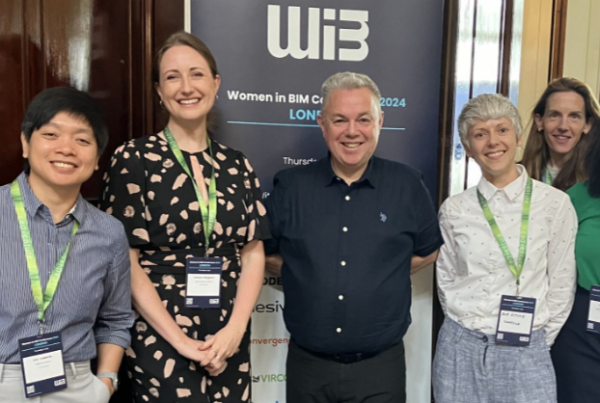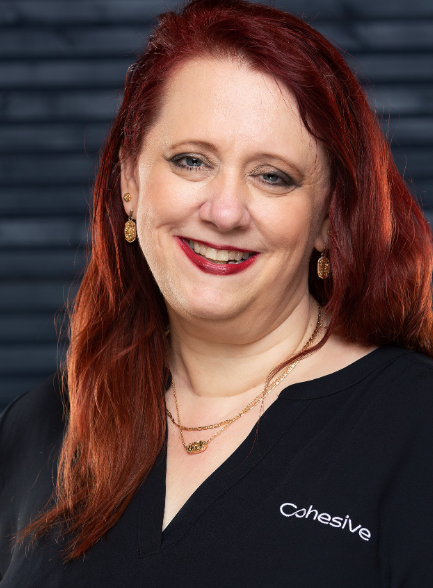
In the latest in our Women in Science, Technology, Engineering & Maths (STEM) series, we meet Melissa Ruth.
During her 20-year career, Melissa has directed multiple large, complex technology projects and worked with some of industry’s biggest names – Xerox, Chevron, Microsoft, Rio Tinto, Lockheed Martin, and more.
Today, as a senior Cohesive advisor in the Americas, she helps organisations keep their critical assets in peak condition through implementing technology solutions along with the right processes and practices.
She talks to us about software, silos, and super-hero strengths.
Maintenance – it lacks the glamour of innovation?
We often celebrate those who are good at solving problems when problems appear (aka the superheroes in the company) but very often, we fail to celebrate when the problems don’t exist.
When asset maintenance is optimized in a way that improves reliability, maintenance is not the only department that wins. It leads to improved productivity and streamlines functionality in all departments.
Consider for a moment how production changes when your assets are only down for the planned amount of time required to do preventative maintenance instead of down for repairs.
Consider how morale changes when your employees show up to work and are able to get their planned work done without the inconvenience of downtime.
Sure, some things may come up, but planning downtime appropriately and optimizing that downtime is critical to the success of every employee.
Your role – people, process or technology?
I have never really looked at myself as someone who is in technology management – though it is an aspect of it. I see myself as someone who is in people and process optimization.
Understanding their current processes, how they interact with each other, how each individual needs things to work, and how important it is for them to be able to adopt the solution helps me to ensure that the solution exceeds their expectations. That has been the same across every across every industry I have worked with – from transportation, to government, to energy and utilities.
Buzzwords abound out there….Generative AI, wicked infrastructure, digital twins..Where do asset owners start?
It is important to understand that new technologies are just tools. It’s how they are implemented in the business that makes the difference. If it does not provide true efficiencies or if it violates the basic precepts that are at the core of your industry, you potentially cause harm to the enterprise.
One of my favourite questions I like to ask clients in my discovery is, “if you could be the CEO for a day, what would you change or improve in the day to day of those doing your job?”
You see, this answer is all about practicality. People rarely speak about grandiose ideas like changing how the company operates. They just want the information they need, in an easy way, and to be able to access it quickly without all the struggle that usually comes with it.
What are the main mistakes asset intensive organisations make with regard to their introduction of digital tools and ways of working?
Don’t lose sight of the human element in your journey for asset predictability and optimization. In fact, many of your employees are dealing with change fatigue which will negatively impact the potential success of anything new you bring to the enterprise. The human factor plays a role in many hidden ways.
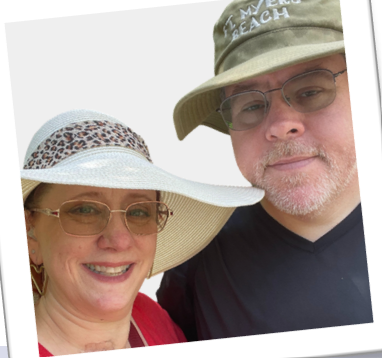
”I’m neurodivergent which, I feel, is a super-hero strength when utilised correctly."
